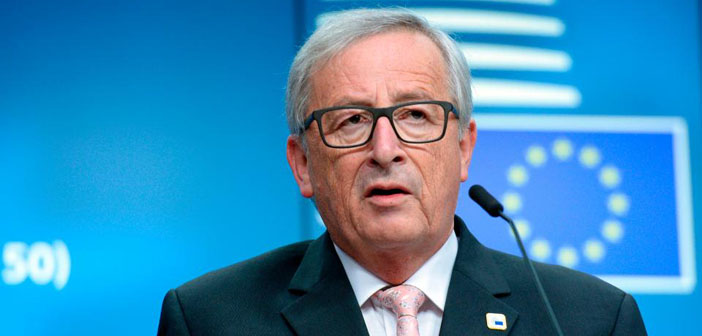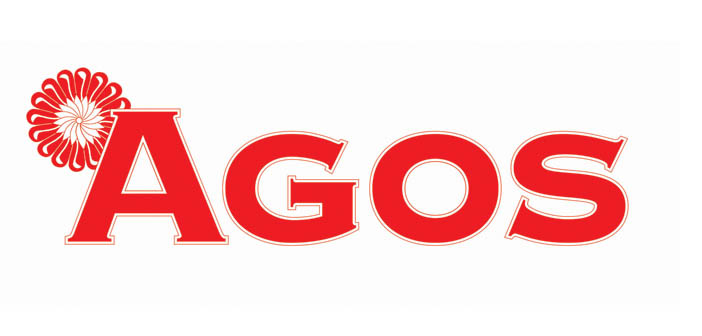Not to say that the normalization process will be smooth, especially as Turkiye remains hostage to Azerbaijan in terms of options. Yet normalization between Armenia and Turkiye was never supposed to be that easy or that quick. And after all, look at how far the two sides have already come. This offers a degree of hope and optimism.
From Ukraine to Iran, the world seems tragically beset by war. Most recently, against the backdrop of Israel’s military attacks against Iran, the United States moved to bolster those attacks by bombing Iran’s nuclear facilities. And the death toll continues to escalate with Russian attacks targeting Ukrainian civilians after in Russia’s now three-year failed invasion of Ukraine.
Yet in a rare and refreshing return to diplomacy over force of arms, Armenian Prime Minister Nikol Pashinyan arrived in Istanbul on 20 June for a rare state visit and even more rare bilateral meeting with Turkish President Recep Tayyip Erdogan.
Hailed by the Armenian government as a “historic” step towards regional peace, the visit to Turkiye is certainly historic. The historic nature of the trip relates to the difference from Pashinyan’s first visit to Turkiye, to attend President Erdogan’s inauguration in 2023. That visit, and other meetings in other countries, were always limited to an element of a larger event or a multilateral summit. But this time, both in terms of status and protocol, the visit of the Armenian prime minister was a bilateral one-on-one visit strictly between the two leaders and focusing on the “normalization” process between Armenia and Turkiye.
Diplomatic initiative
And both the visit and meeting were also significant, for an additional reason. It was, in fact, an example of a more innovative and strategic Armenian diplomatic initiative, aimed at, and generally succeeding in driving more of a wedge between Turkiye and Azerbaijan. This was also the reason and the context for Azerbaijani President Ilham Aliyev’s need to rush to Turkiye to meet his Turkish counterpart the day before Pashinyan’s arrival.
Timing is critical
A second significant factor was rooted in the timing. Turkiye sees a new opportunity to capitalize on the weakening of the two other regional rival powers: Russia and Iran. For Turkish strategy, normalization with Armenia is about marginalizing Russia and neutralizing Iran. It is also about looking beyond Armenia to Central Asia, with Armenia increasingly seen as an attractive gateway.
And an added benefit for Turkiye is to consider the reopening of the border with Armenia as a way to effectively strengthen its recent Kurdish initiative, to stabilize the eastern Turkish regions with economic and trade activity from an open border with Armenia.
Armenian self-confidence
And for domestic politics in Armenia, the prime minister, and his government, remain self-confident, even with elections coming in June 2026. Such self-confidence stems not only from a marginalized and unpopular opposition (for now), but also due to Armenia-Turkiye normalization issue being much less toxic or politically sensitive than it once was. This is, however, not to say that the normalization process will be smooth, especially as Turkiye remains hostage to Azerbaijan in terms of options. Yet normalization between Armenia and Turkiye was never supposed to be that easy or that quick. And after all, look at how far the two sides have already come. This offers a degree of hope and optimism amid otherwise distressing and disturbing developments from Ukraine and Iran, not to mention Gaza as well.




